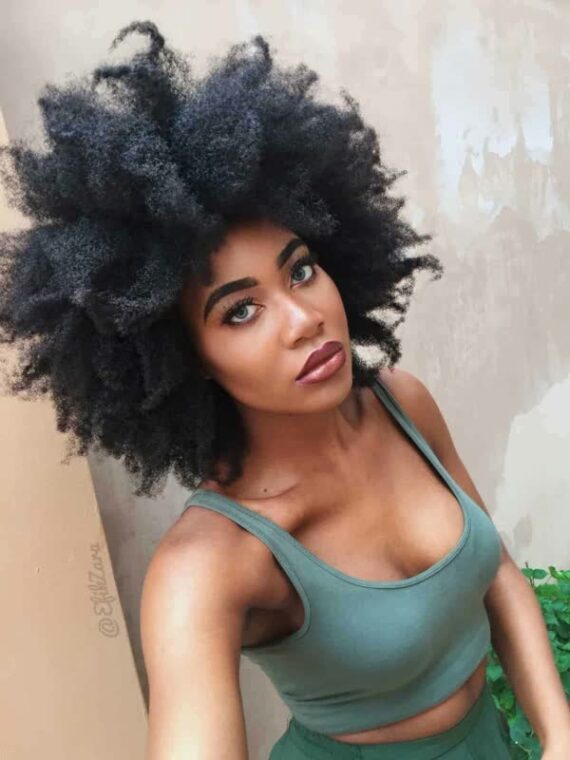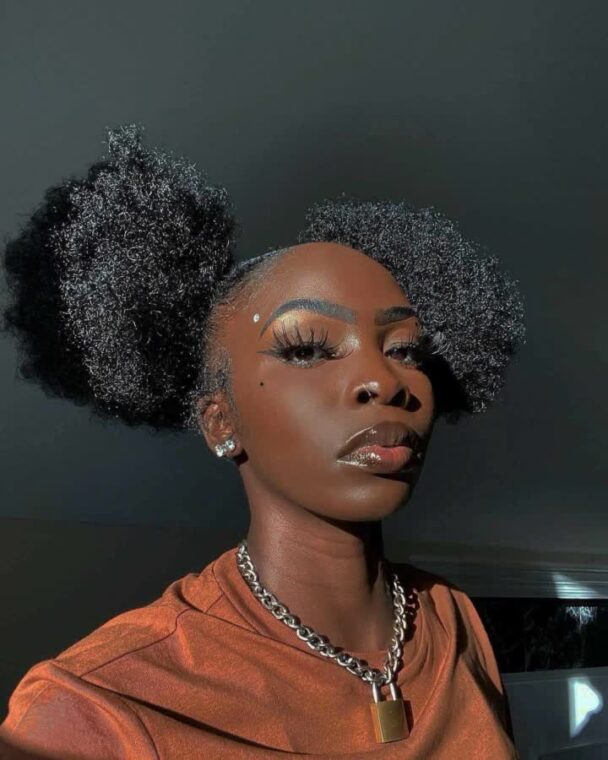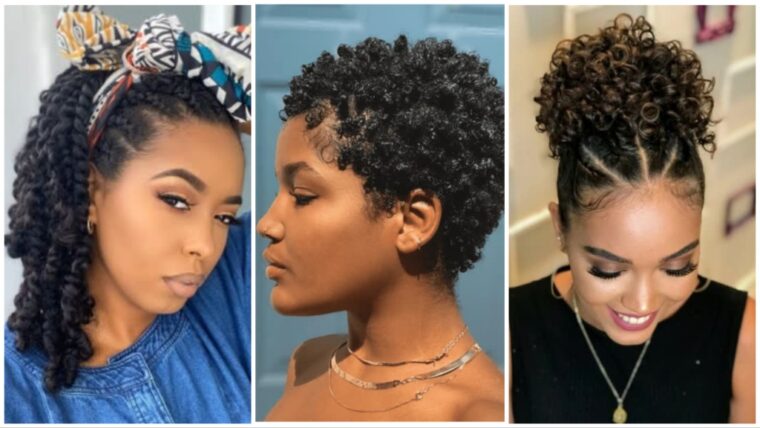If you’re tired of constantly damaging your natural hair with heat and harsh chemicals, a protective style may be just what you need. The “65 Protective Styles to Try on Your Natural Hair” guide offers a wealth of options for protecting your strands while still looking fabulous. From braids and twists to weaves and wigs, there’s something for every hair type and texture. Not only do these styles keep your hair healthy by minimizing breakage and split ends, but they also give you the freedom to switch up your look whenever you want. With so many options to choose from, you can experiment with different colors, lengths, and textures, all while keeping your natural hair safe from damage.
Protective Styles for Natural Hair
Protective styles are exactly what they sound like – hairstyles that protect your natural hair from damage caused by everyday wear and tear. These styles not only shield your hair from harsh environmental factors like extreme heat and cold, but they also minimize breakage and promote hair growth. Whether you’re new to the natural hair journey or a seasoned pro, incorporating protective styles into your routine can help you maintain healthy, luscious locks.
From braids and twists to buns and updos, there are countless protective styles to suit different hair types and personal preferences. These styles work by minimizing manipulation, reducing friction, and allowing your hair to retain moisture. This way, your hair can thrive and grow while effortlessly maintaining a stunning appearance.
Images of Protective Styles to Try on Your Natural Hair




























































FAQ: Protective styles for natural hair
Q: What are protective styles for natural hair?
A: Protective styles are hairstyles that minimize manipulation and protect your natural hair from damage caused by everyday wear and tear. These styles help retain moisture, reduce breakage, and promote healthy hair growth.
Q: What are some popular protective styles for natural hair?
A: Some popular protective styles for natural hair include box braids, twists (such as two-strand twists or Senegalese twists), faux locs, cornrows, bantu knots, crochet braids, buns, and updos.

Q: How do I decide which protective style is best for my natural hair?
A: The best protective style for your natural hair depends on your hair type, length, and personal preferences. It’s important to choose a style that won’t put excessive tension on your hair or cause damage. You can consult with a hairstylist or research different styles to find one that suits you.
Q: How long can I keep a protective style in?
A: The length of time you can keep a protective style in depends on the style itself and how well you maintain it. Some protective styles, like braids or twists, can typically be kept in for a few weeks to a couple of months. However, it’s important to pay attention to your hair’s health and remove the style if you notice any breakage or signs of damage.

Q: How do I maintain a protective style?
A: To maintain a protective style, it’s important to keep your scalp and hair clean and moisturized. You can use a diluted mixture of shampoo and water or a dry shampoo to cleanse your scalp. Moisturize your hair and scalp regularly with a water-based leave-in conditioner or spray, and seal in the moisture with a natural oil or butter. Avoid excessive manipulation and use a satin or silk scarf or bonnet to protect your hair while sleeping.
Q: Are there any products I should use for my protective style?
A: Yes, there are products that can help enhance and maintain your protective style. Some recommended products include a moisturizing leave-in conditioner, a lightweight oil or butter for sealing in moisture, a non-drying shampoo or co-wash, a detangling spray or serum, and a satin or silk scarf or bonnet for nighttime protection. You may also want to use styling products like edge control or gel for sleek hairstyles.

Q: Can I still exercise or swim with a protective style?
A: Yes, you can still exercise or swim with a protective style, but you may need to take some precautions. For exercise, you can tie your hair up or wear a sweatband to help absorb sweat and keep your edges intact. When swimming, be sure to wear a swim cap or use a protective style that can withstand water. After swimming or exercising, rinse or cleanse your scalp and re-moisturize your hair to maintain its health.
Q: What should I do if my protective style starts to feel uncomfortable or causes pain?
A: If your protective style starts to feel uncomfortable or causes pain, it’s important to address the issue promptly. Pain or discomfort could be a sign of excessive tension or damage to your hair and scalp. Consider removing or modifying the style to relieve the discomfort and protect your hair’s health. Consulting with a hairstylist can provide guidance on how to proceed.

Q: How often should I take a break between protective styles?
A: It’s generally recommended to give your hair a break between protective styles. This break allows your hair to rest, breathe, and receive proper care. The duration of the break may vary depending on your hair’s needs and the condition of your scalp. Some people take a break for a week or two, while others may take longer breaks of several months. Listen to your hair and pay attention to any signs of damage or breakage to determine the best timing for your breaks.
Q: Can I achieve different looks with protective styles?
A: Yes, protective styles offer versatility and can be customized to suit your desired look. You can experiment with different colors, lengths, textures, and accessories. For example, with braids or twists, you can add beads, wraps, or decorative clips. Buns and updos can be styled in various ways to create different looks. Don’t be afraid to get creative and make the style your own.

In conclusion, protective styles are a fantastic option for maintaining healthy, beautiful natural hair with minimal effort. These hairstyles offer a range of benefits, including protection from damage, reduced breakage, and increased moisture retention. Whether you choose box braids, twists, bantu knots, or any other style, you can achieve a stunning look while promoting the growth and vitality of your hair.

By following the maintenance tips and using recommended products, you can ensure that your protective style remains in great condition and your natural hair stays healthy. Remember to listen to your hair, give it breaks between styles, and address any discomfort or pain promptly to protect its overall well-being.
So why wait? Embrace the world of protective styles and discover the joy of effortlessly fabulous hair. With countless styles and endless possibilities for customization, you can have the best of both worlds – a stunning look and a healthy natural hair journey.

